So you like the idea of a custom shower: water massaging you from all angles, giving you a spa or swanky hotel experience every time you want to get clean, right in your very own home. For big time shower fans, it’s basically a dream come true: having a world-class shower in your own master bath. But before you start laying your schematics, though, there are a few important details you should consider. We’re here to help make sure your dream is a viable one, and help you get a sense of just how large the scale of your bathroom renovation will need to be.
Custom Showers Use A LOT of Water
While most average showers use about two gallons of water per minute, custom showers use a whole lot more. This presents a host of problems that you’ll need to take into account ahead of time. First, do a rough markup of how many shower heads and body sprays you want where. Typically, a custom shower will have a rain showerhead mounted to the ceiling; a regular massage head and a hand shower across from the door; and a series of body sprays on either side. For every shower head, consider an output of 2.5 gallons per minute. Even a pretty basic setup set can output between 10 and 12.5 gallons a minute.
Shop KubeBath Shower Systems:
Check Out Your Existing Plumbing

Now what does that mean? First, it means that your pipes have to be able to supply that water. If you don’t already know, check whether you have 1/2 inch or 3/4 inch pipes supplying your shower. This is the very first hurdle. Half inch pipes are often simply unable to supply enough water fast enough to keep multiple shower heads running. Even the most basic setup you can get still requires MUCH more water that even a standard full-flow shower head. Replacing your pipes is difficult but doable (and depending on where you’re putting your shower heads is something you might have to do anyway). But it’s definitely NOT something you want to realize you should have done when you’re half way through the project – or worse, when you’re turning your shower on for the first time.
Shop Alfi Shower Heads:
Don’t Forget About Water Pressure

Relatedly, you want to make sure you have high enough water pressure to keep all those shower heads running at full blast. Have a plumber check the pressure in your system. 50 pounds per square inch (PSI) is recommended; if yours is lower than 45 psi, you’ll need to install a secondary water booster pump. Be aware that if you get your water from a well, the pressure might fluctuate with seasonal water levels. A shower that heavily taxes the supply can exacerbate the problem, so be sure to take this into consideration.
Shop Rohl Shower Systems:
Some Like It Hot

Assuming that you have the water and can get it to your shower, the second hurdle: Heat. This one is all too easy to forget. When you’re luxuriating in the shower, the last thing on your mind is how much water you’re using. But the problem is simple. For a shower with six body sprays, a handheld shower head, and rain shower? You’ll be using about 20 gallons of water per minute, which will deplete a 50 gallon water heater in less than three. That’ll put a serious cramp in your relaxing shower. To be able to take a shower of any length, you’ll need at least a 75-100 gallon tank or a dedicated point-of-use electric water heater. These are fairly small and can provide a near-infinite source of hot water, but can be pricey in the size you’d need, and run a little colder in the winter months.
Shop Body Sprays:
Make Sure It Goes Down The Drain

Third hurdle? Once your shower has the water it needs flowing at a comfortable temperature, it’s going to need somewhere to go. Now, relatively speaking, this is pretty minor; you need two standard 2-inch shower drains instead of one, or a 3-inch or linear drain. As long as you know to do it, it’s a pretty simple alteration that will keep your shower from flooding. That said, when it comes to drainage, if your home uses a septic tank? This level of water use is a no-go; the system won’t be able to handle the volume of water produced by even minimal use, let alone a long shower.
Shop Shower Heads:
Shower Panel vs Custom Shower

Finally, you want to think about installation. A true custom shower has to be built essentially from the ground up. We’re talking plumbing running through five of the six sides of an enclosure, excluding only the door. That means that you’re looking at a fairly invasive and probably lengthy construction period. (Which you probably guessed already)! Shower panels are a popular alternative to custom shower systems, in no small part because they’re simpler to install. The drawbacks might be less immediately obvious. Shower systems connect to your existing plumbing and don’t typically require upgrades to your water supply, drainage, or water heater. But that’s because they use the same amount of water your shower already produces, and route it through multiple attachments. You’ll get water coming from several sprayers, but less water per nozzle and not always all the nozzles at once.
Ultimately, there’s no real replacement for a true custom shower. Shower panels and shower pipes replicate the spa-like experience. But if what you want is strong water pressure coming at you from all directions at once? You’re going to have to splurge on the plumbing to get the water into (and back out of) your shower. Not to mention, it’s worth considering what a 30-odd gallon-per-minute shower is going to do to your water bill! But, I suspect, if you’ve read this far, you’re like me and I had you at custom shower. It certainly won’t be a water saver, but now that you know the pitfalls of getting one up and running, you’re that much closer to making your custom shower dream a reality.
Shop Shower Panels:



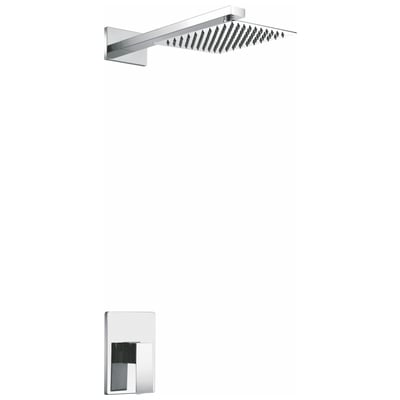
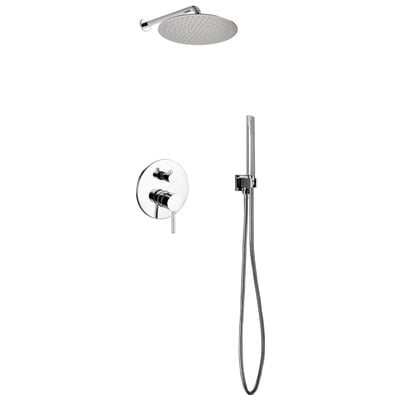
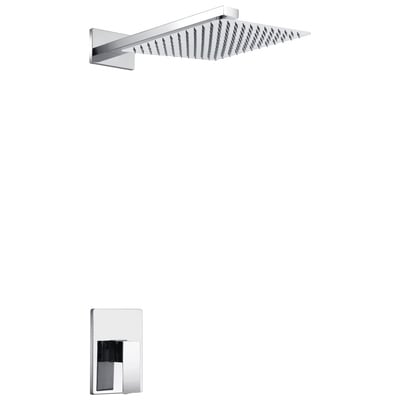
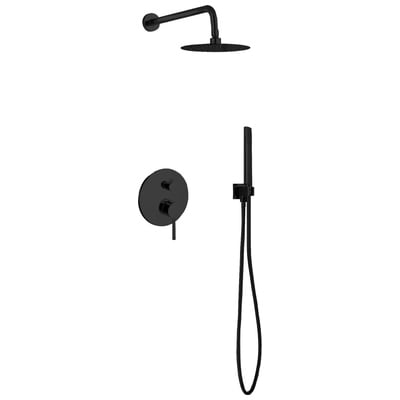
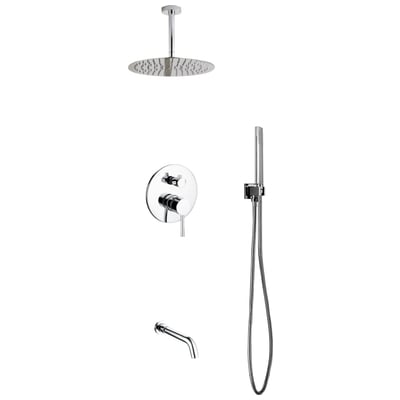
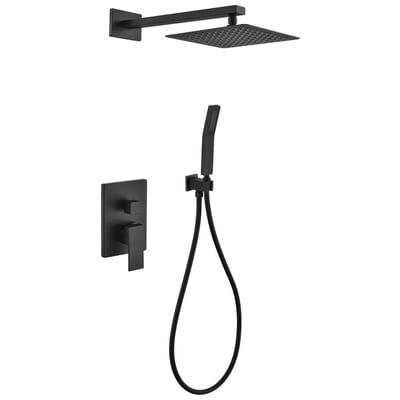
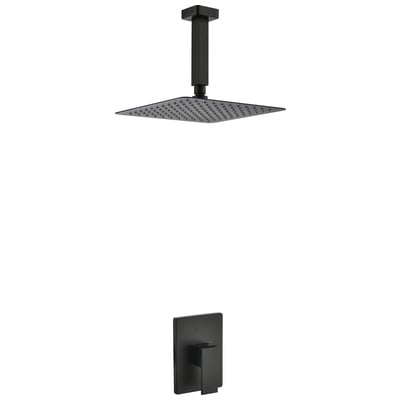
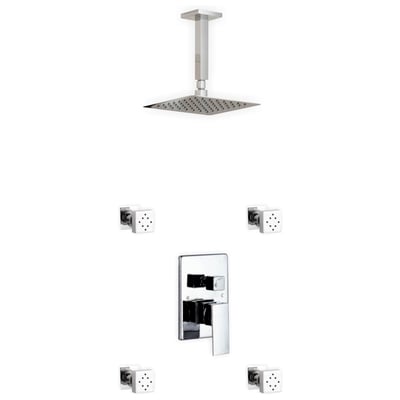
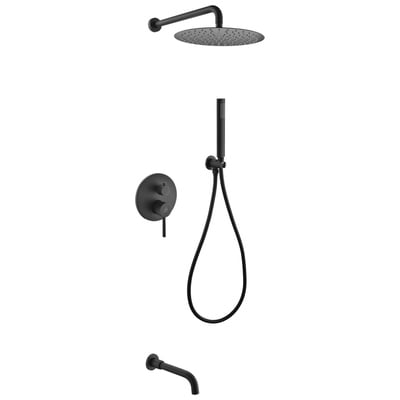
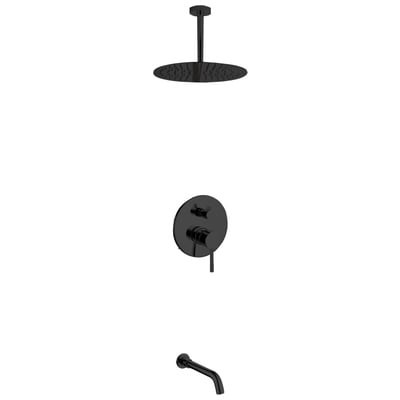
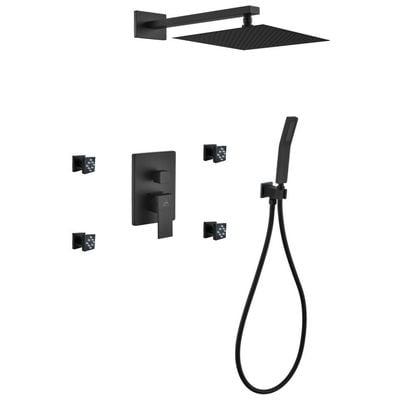
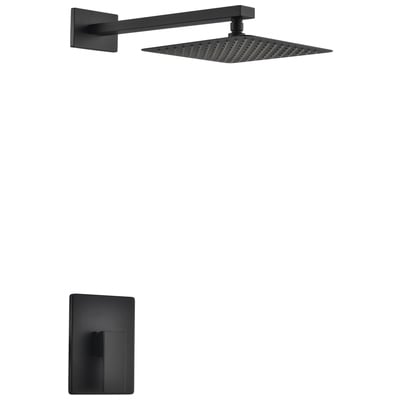
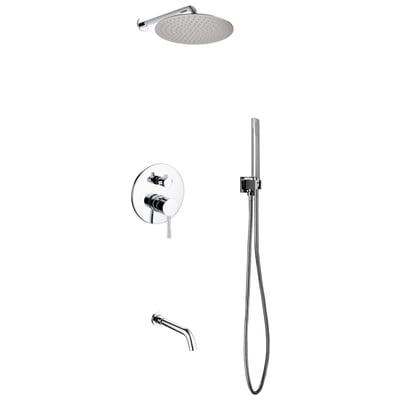
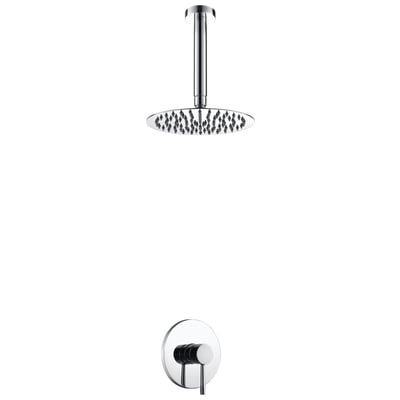
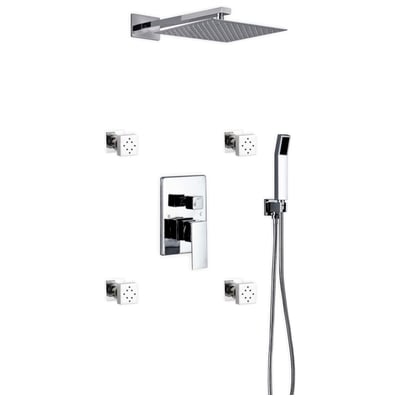
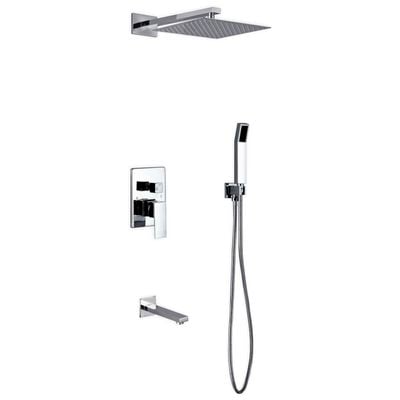
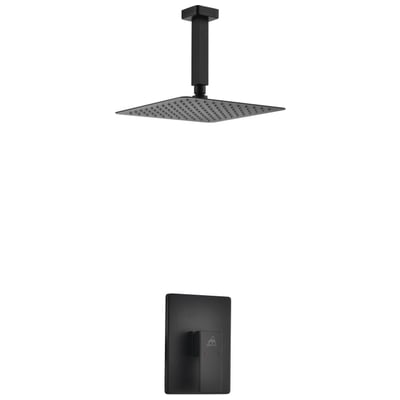

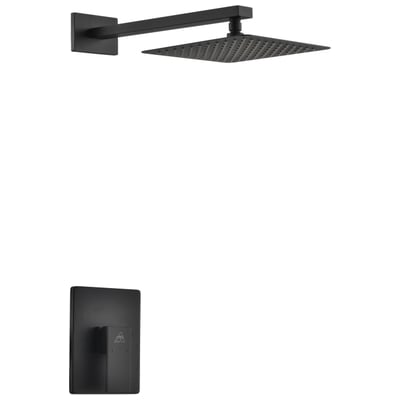
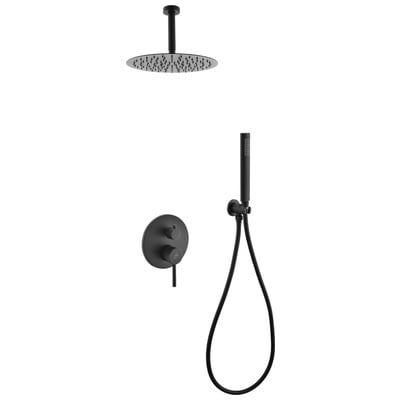
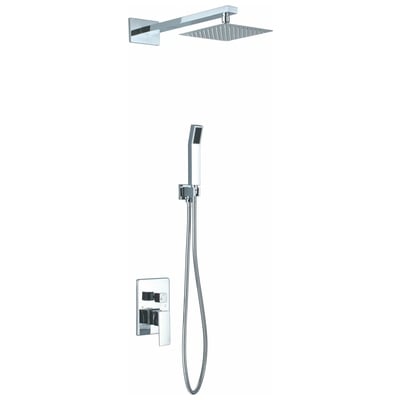
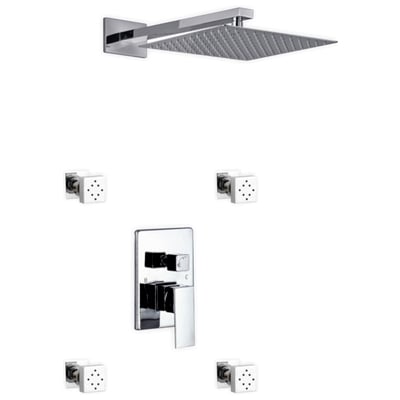
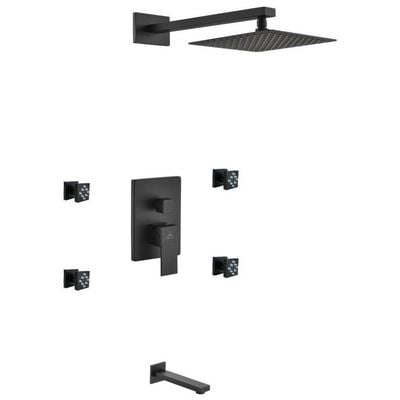
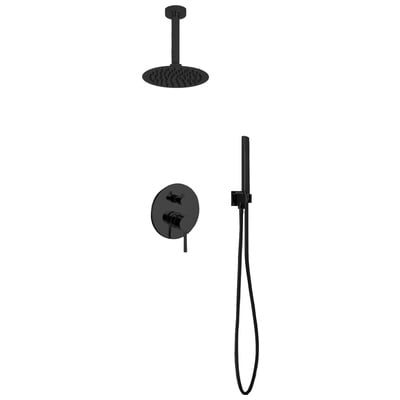
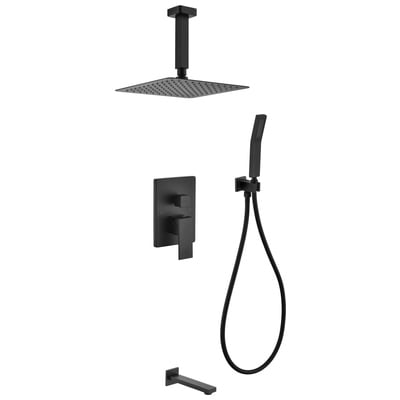
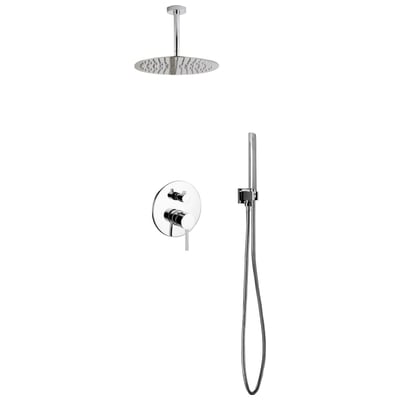
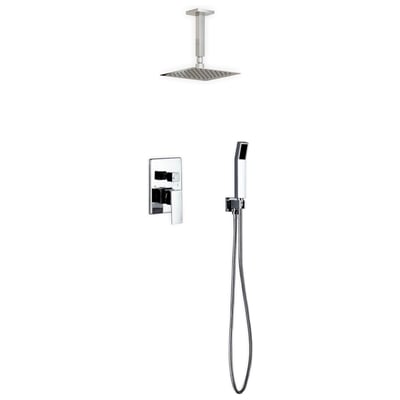
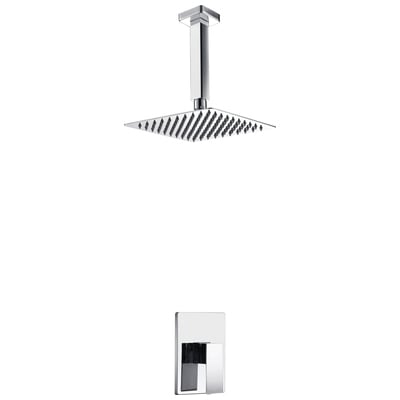
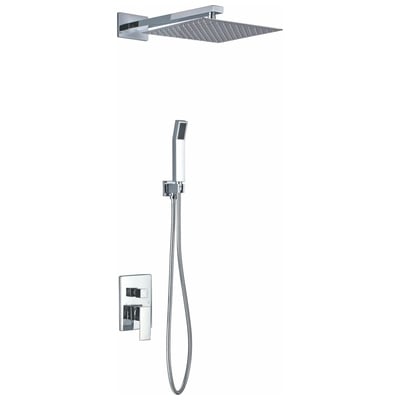
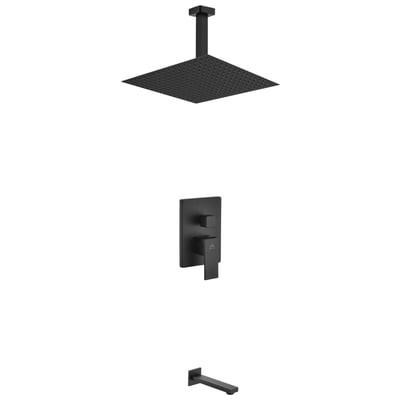
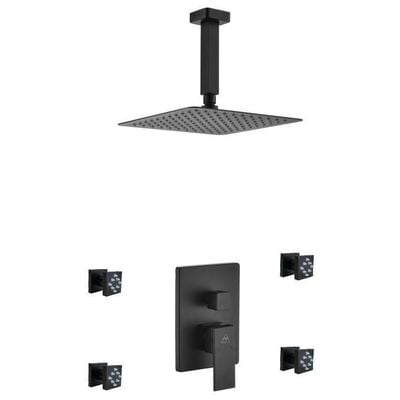
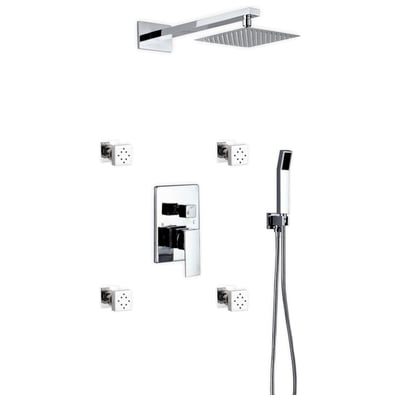
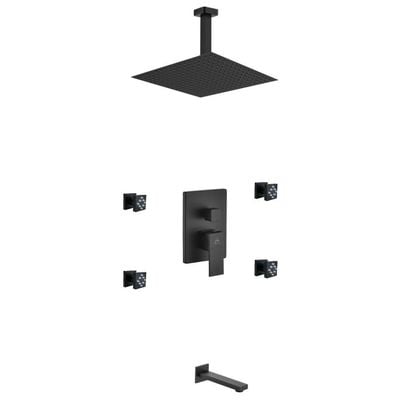
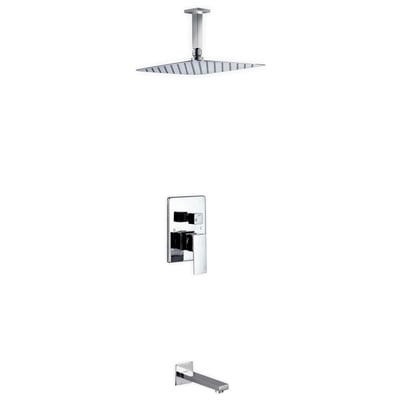
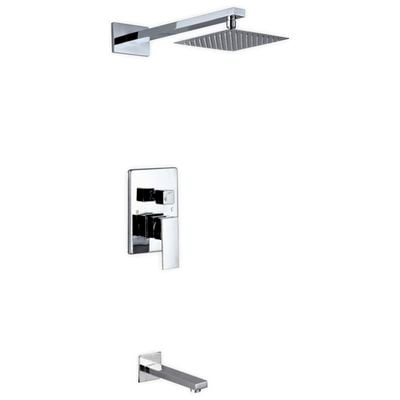
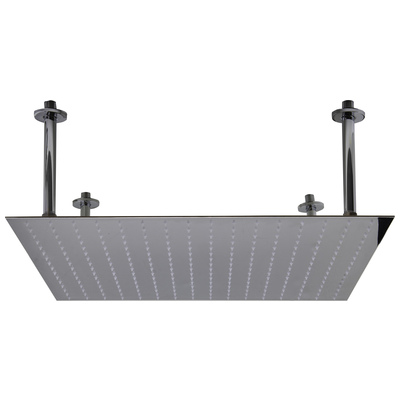
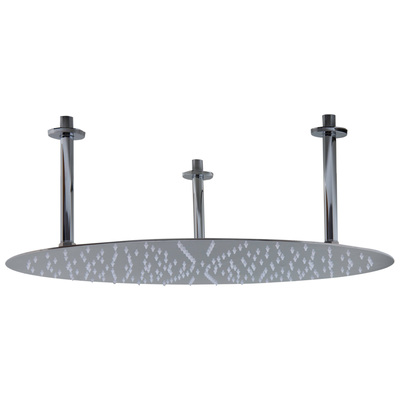
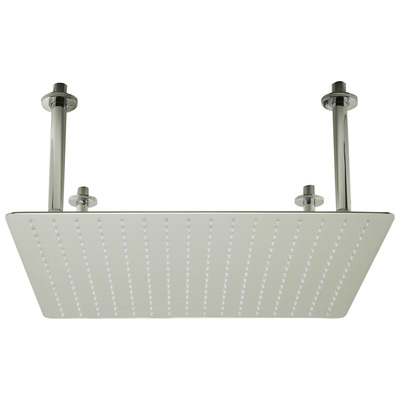
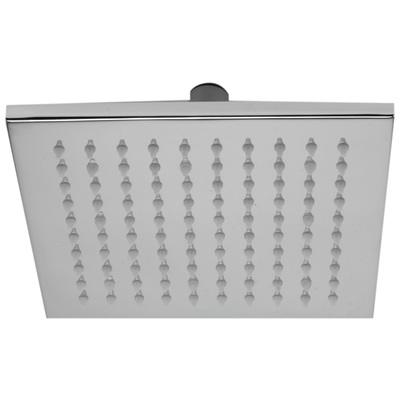
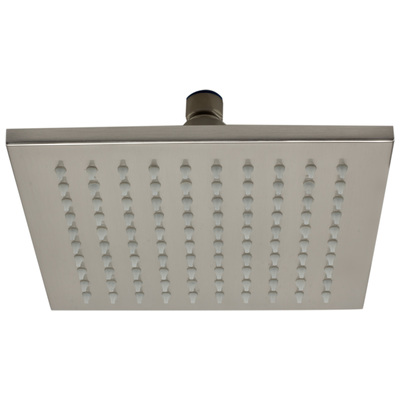
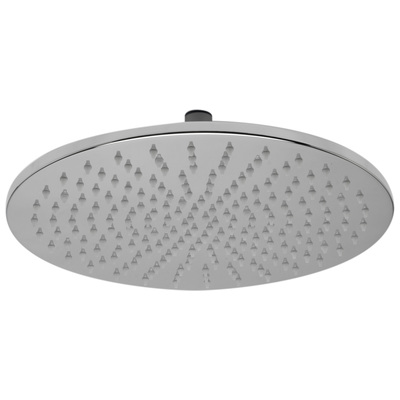
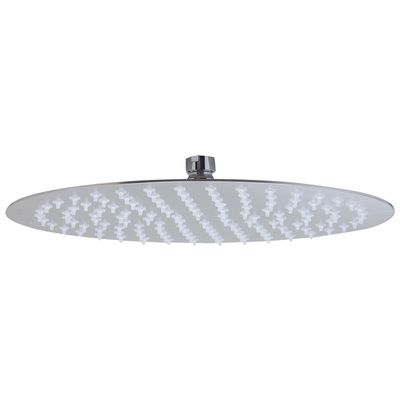
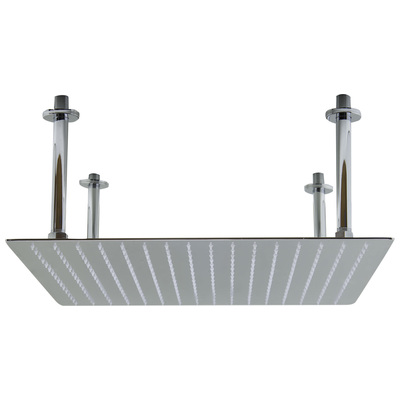

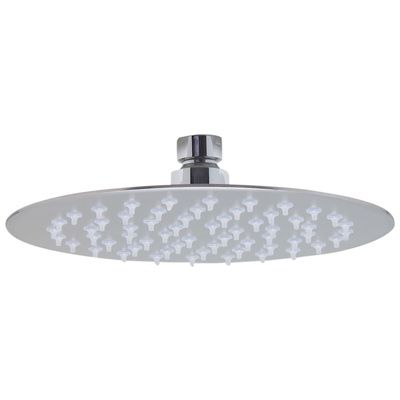
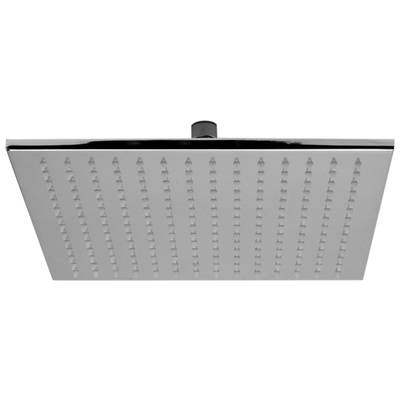
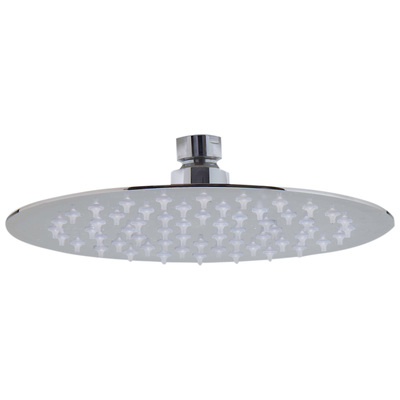
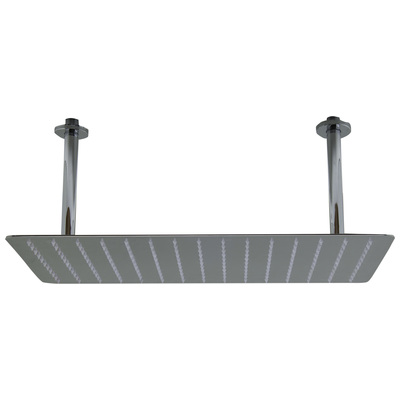
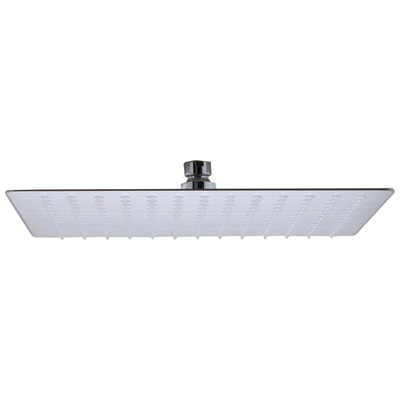
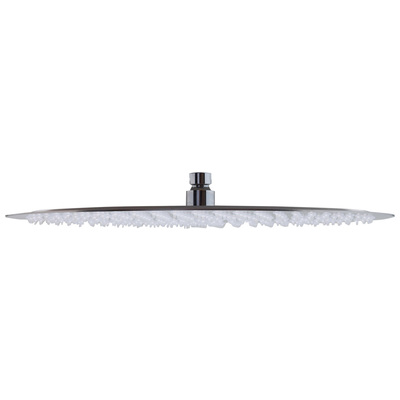
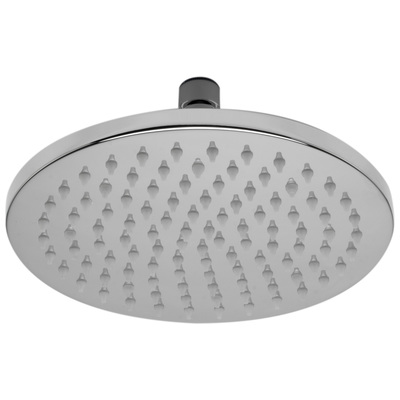
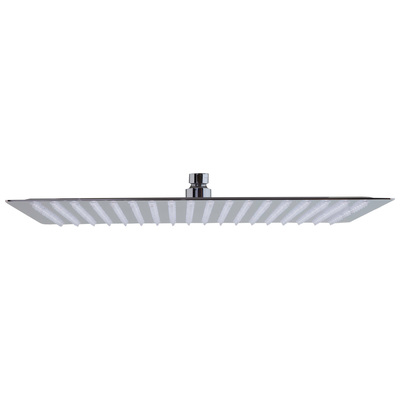
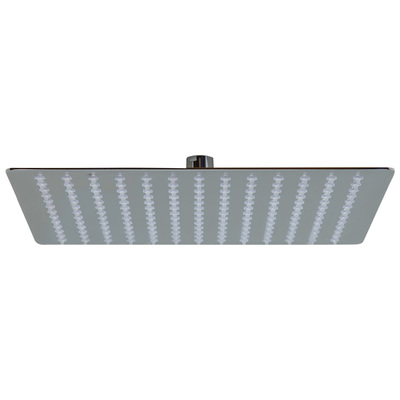
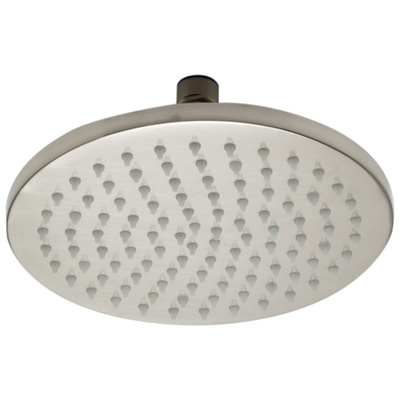
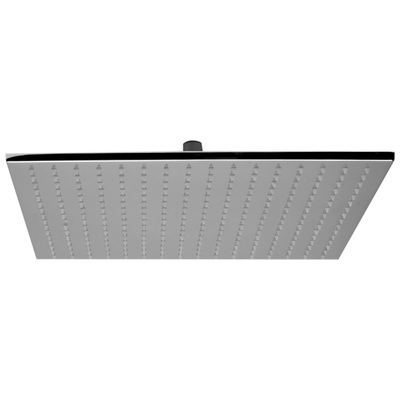
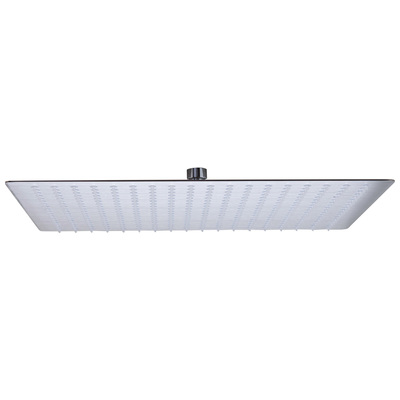
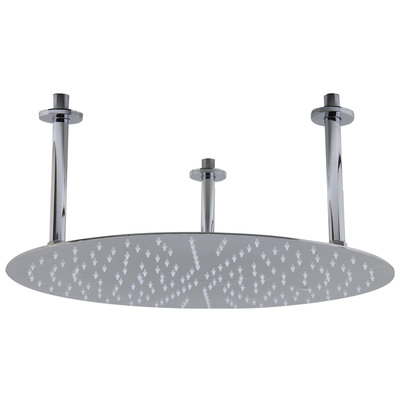
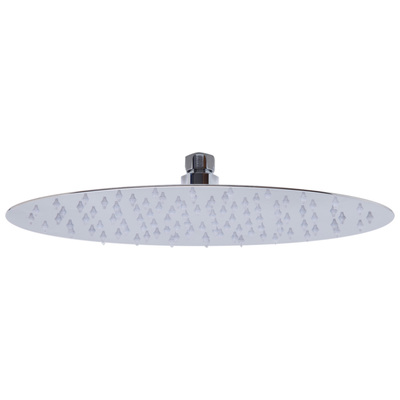
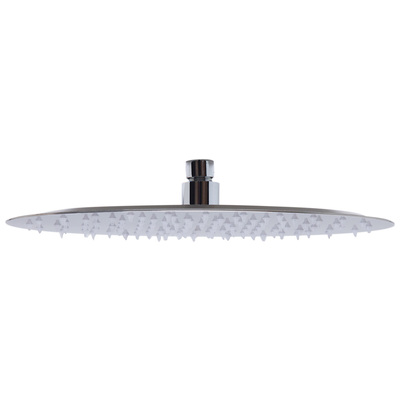
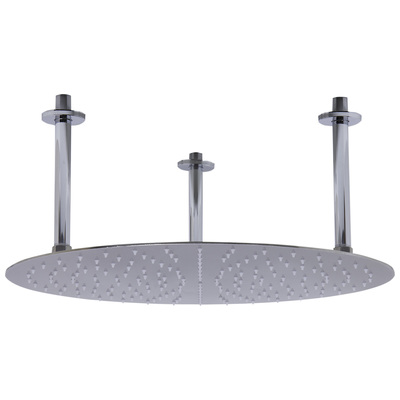
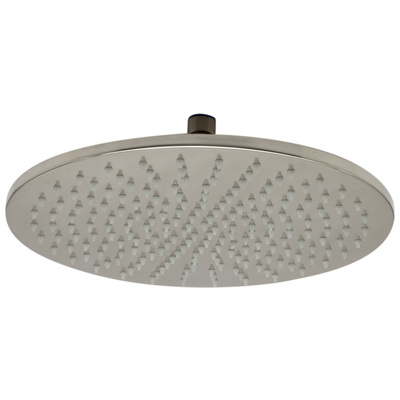
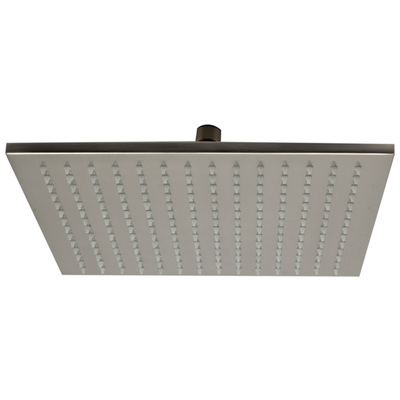
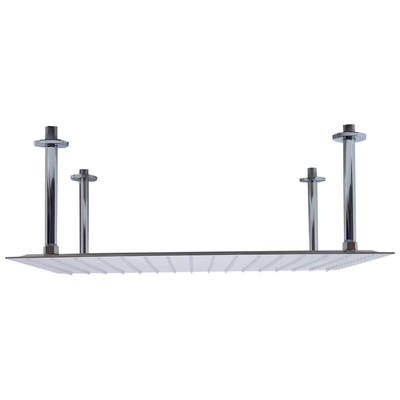
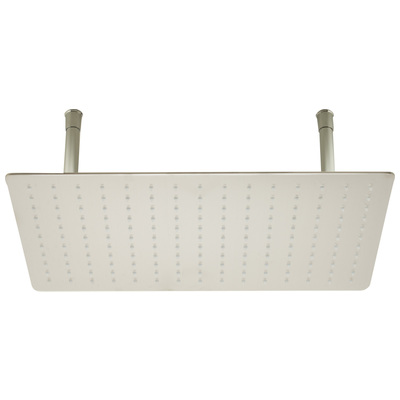

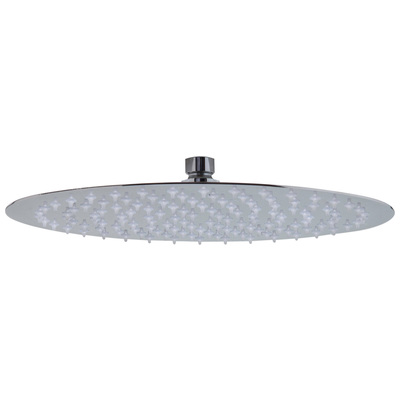
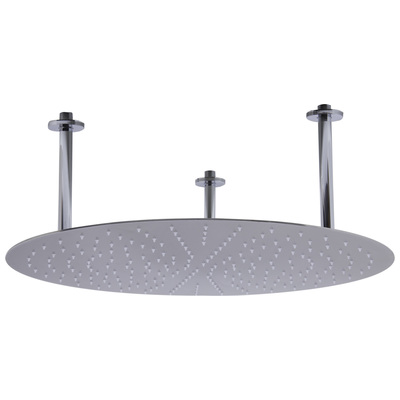
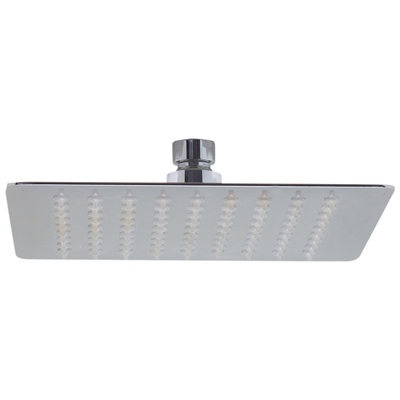
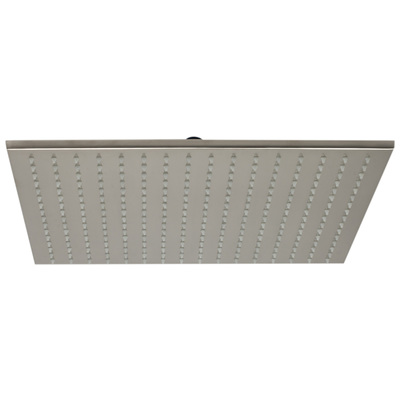
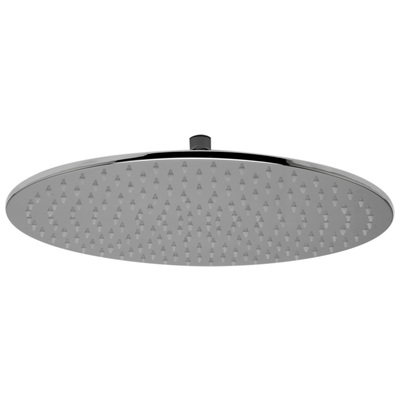
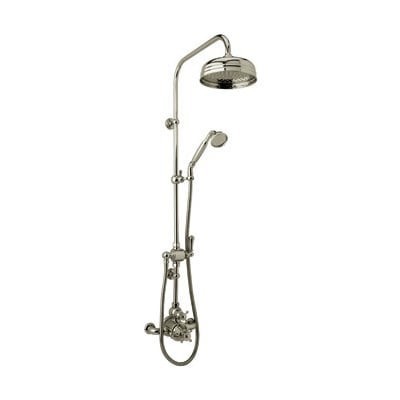

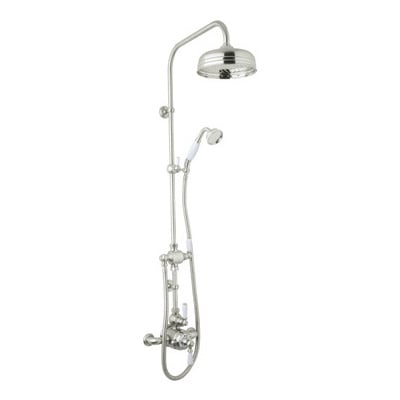
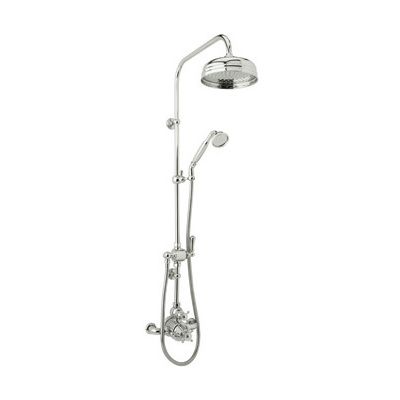
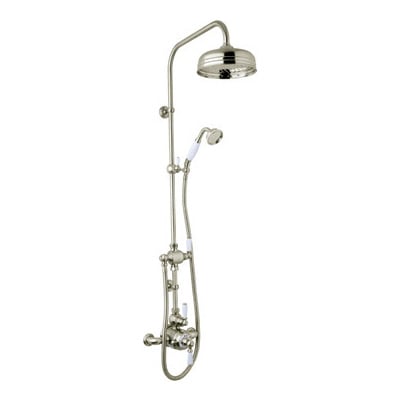
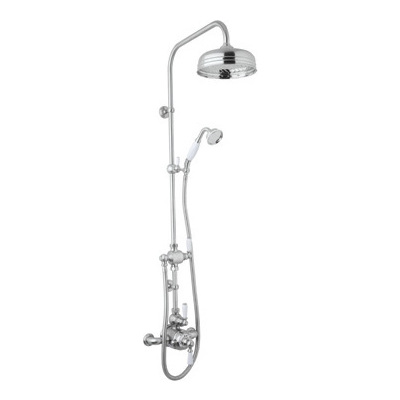
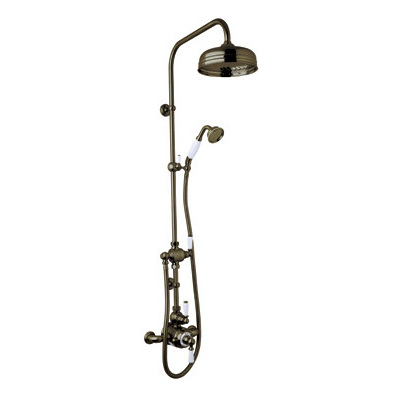
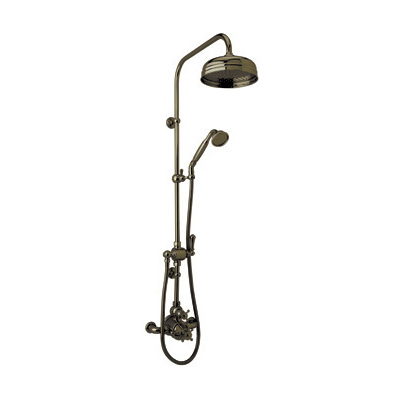
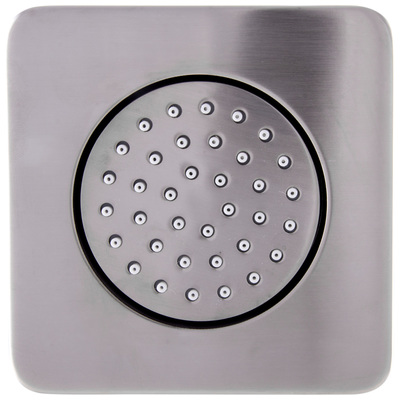
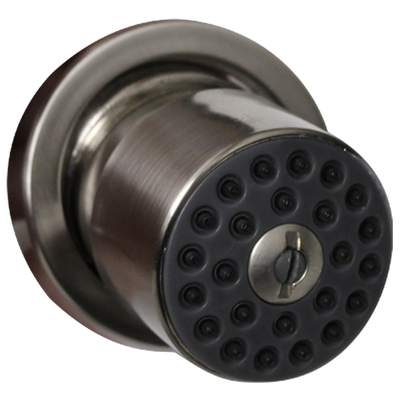
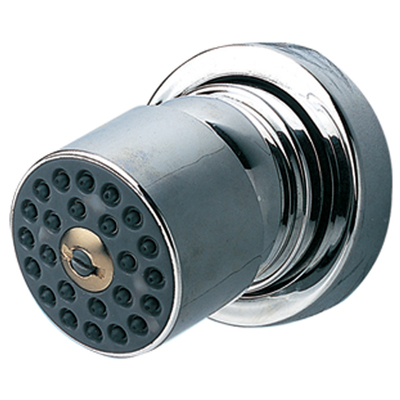
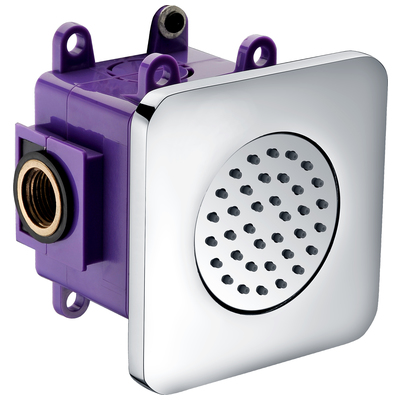
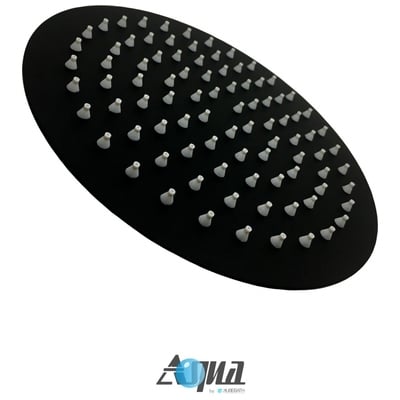
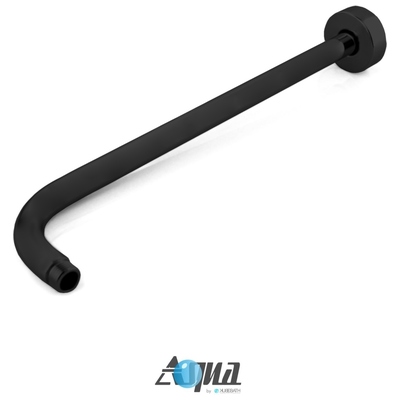
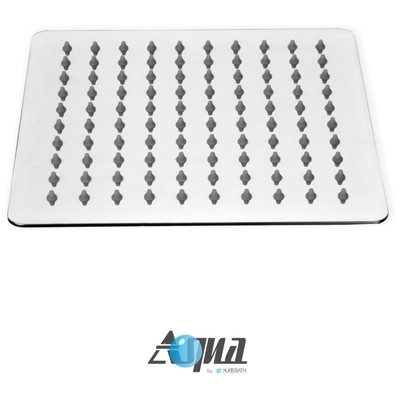
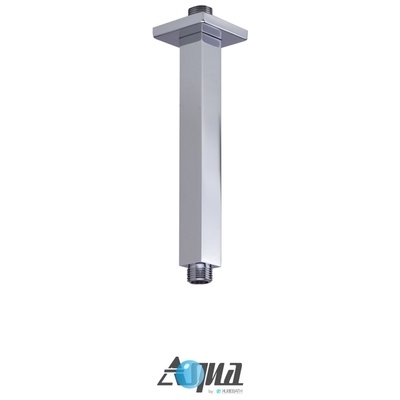
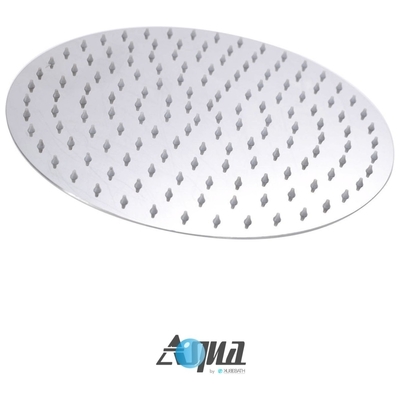
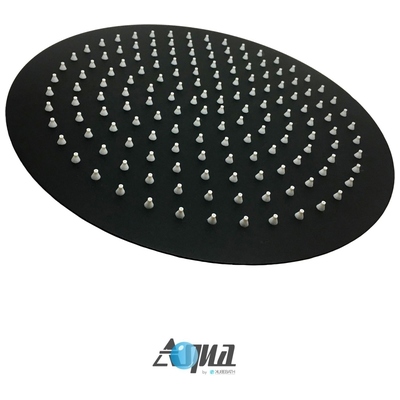
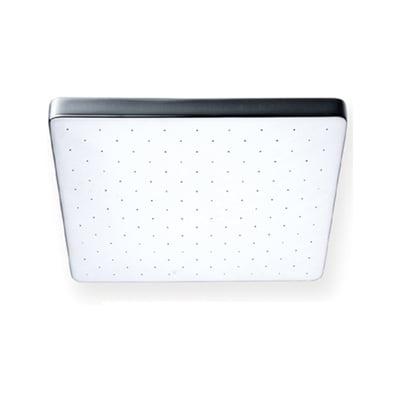
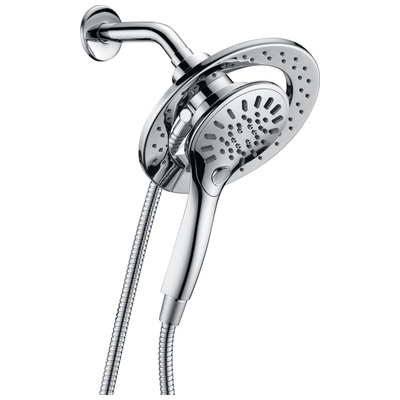
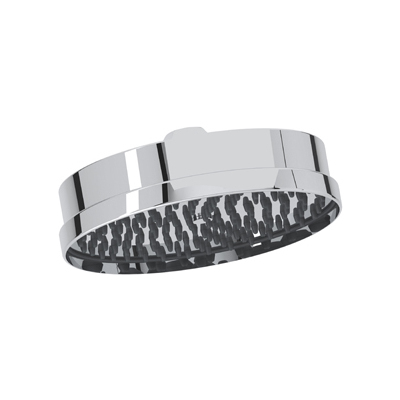
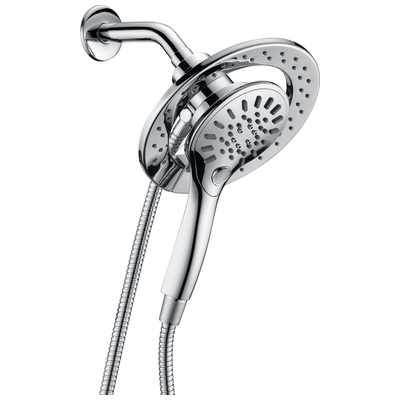
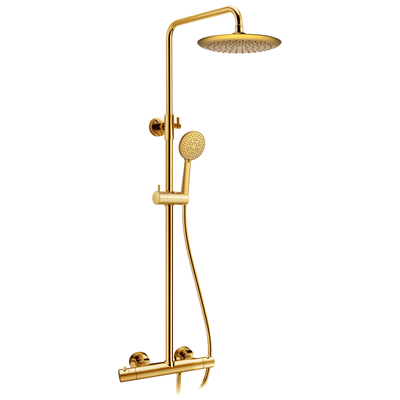
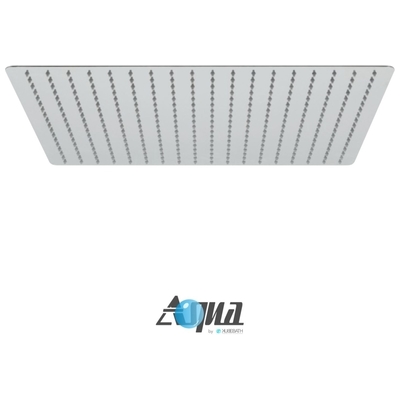
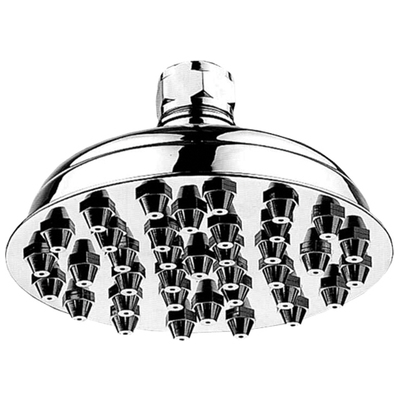
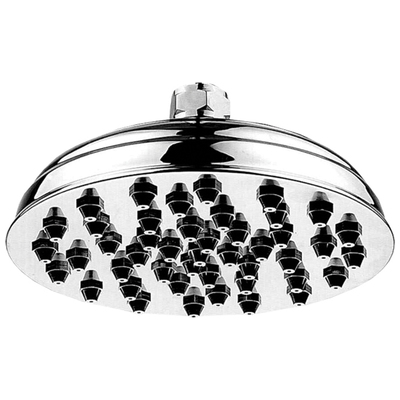
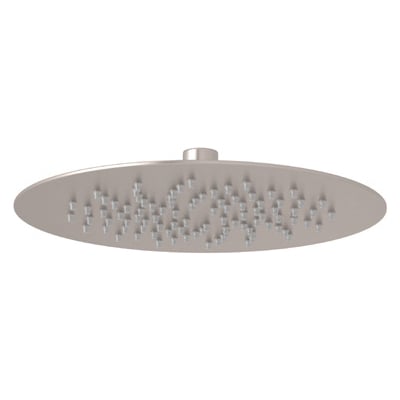
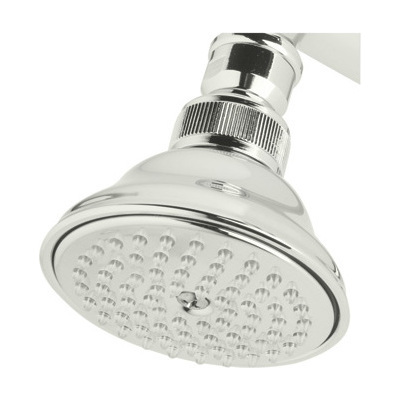
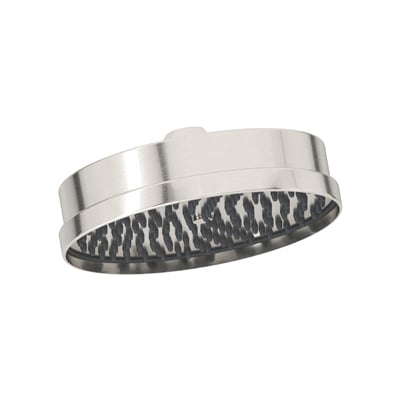
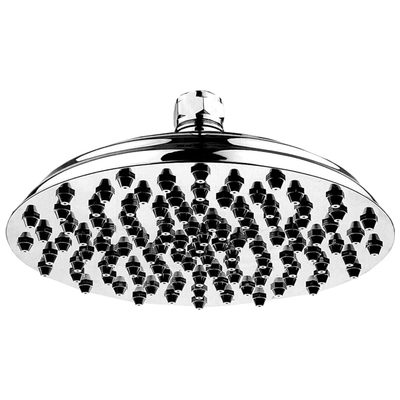
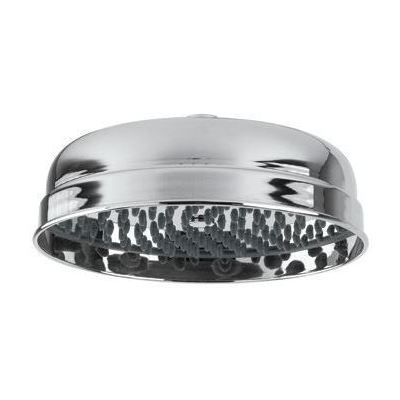
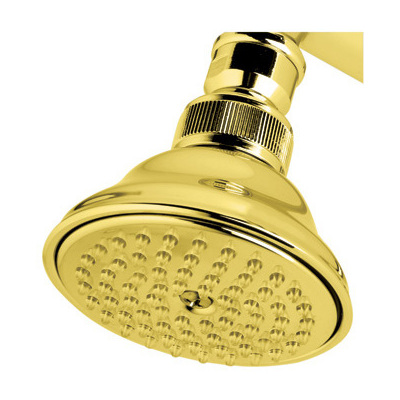
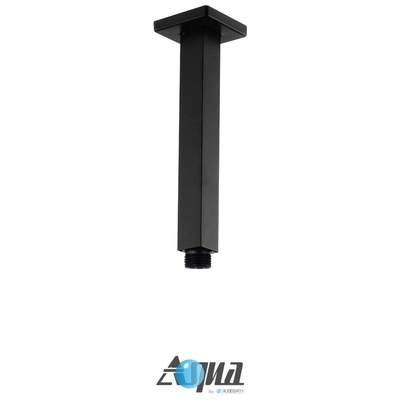

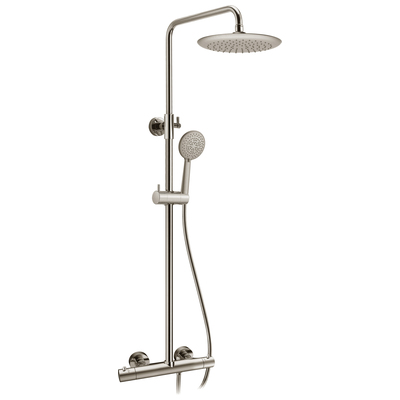
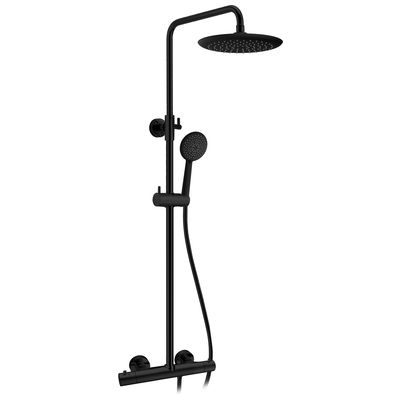
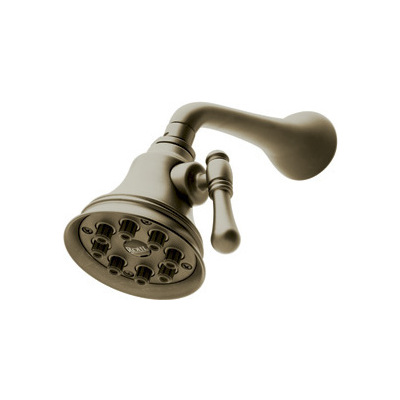
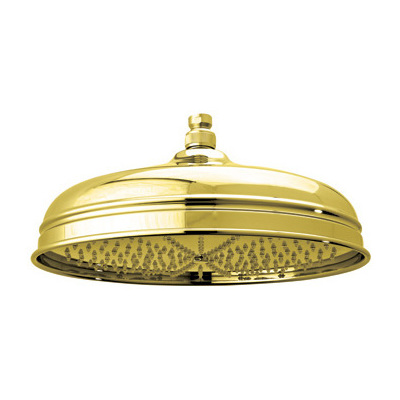
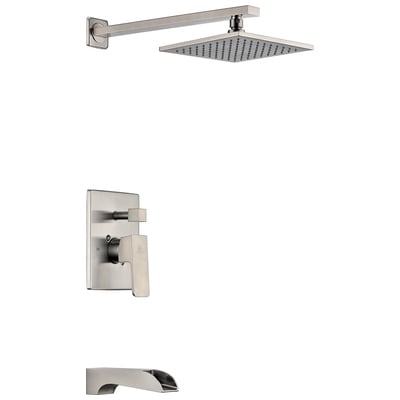
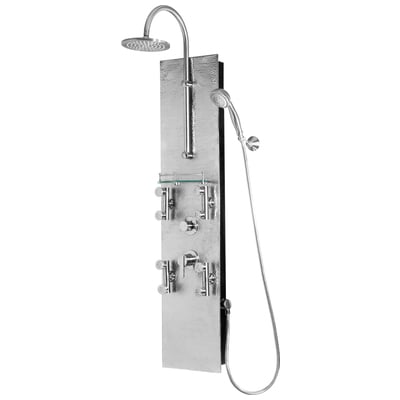
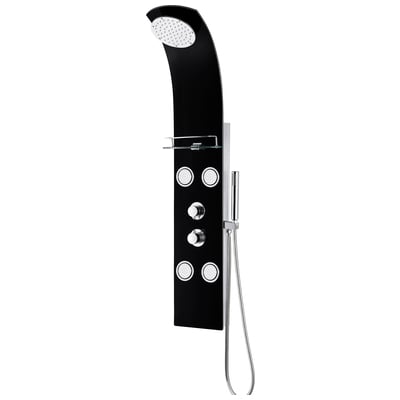
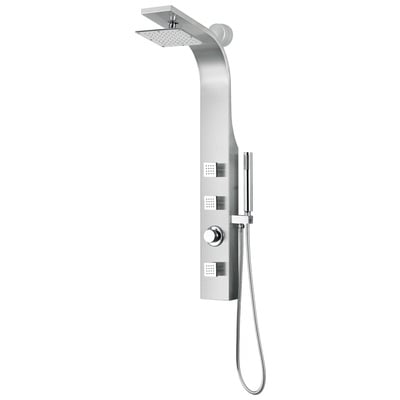
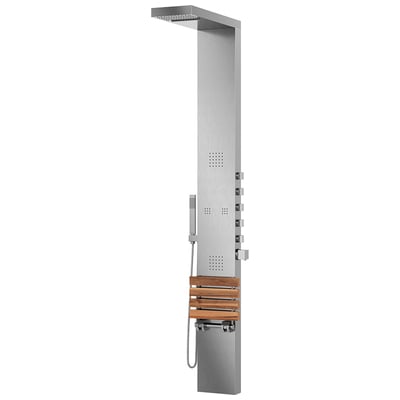
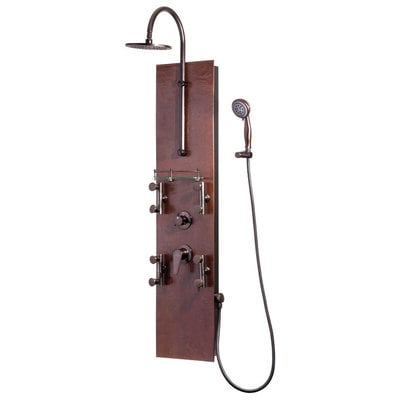
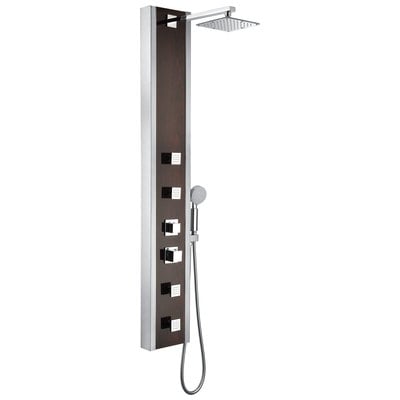
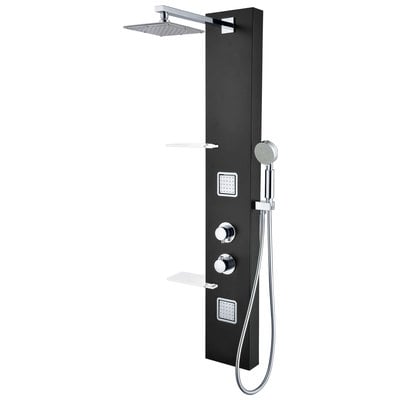
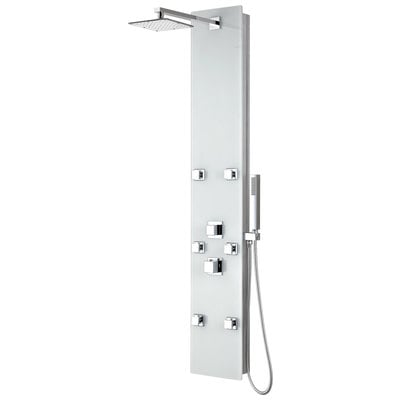
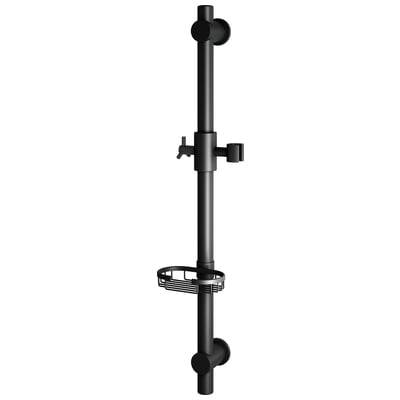
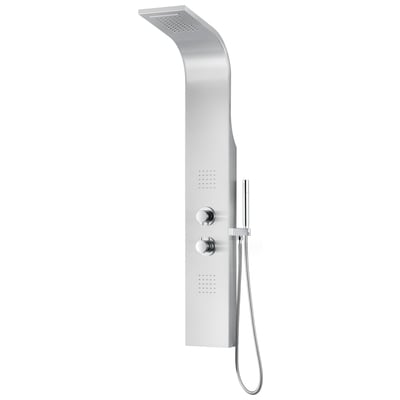
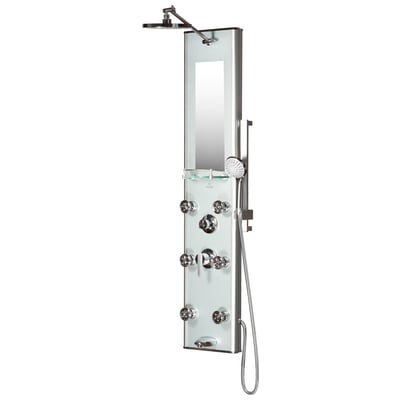
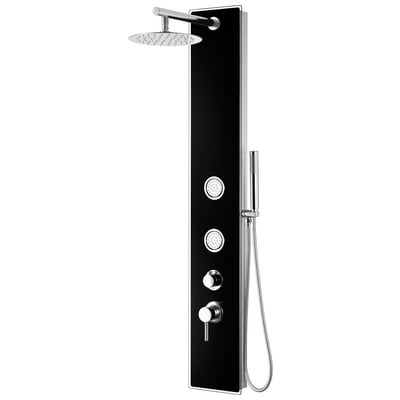
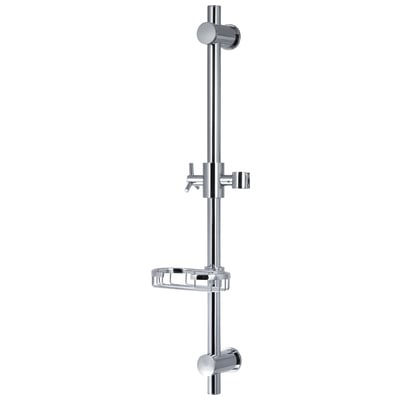
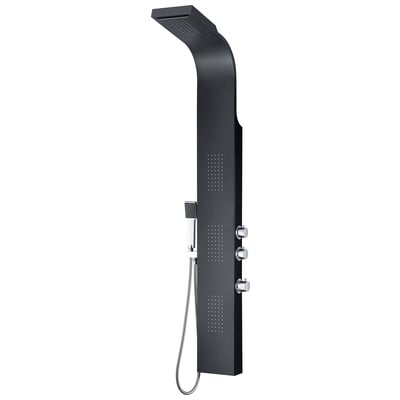
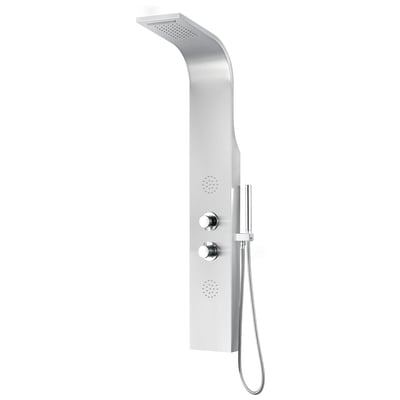
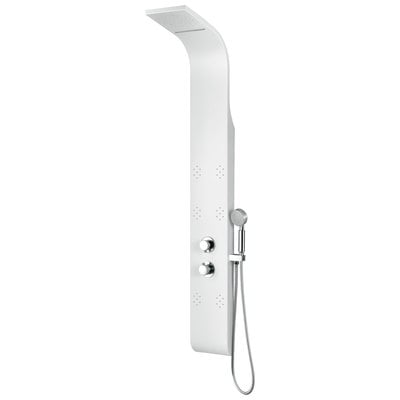
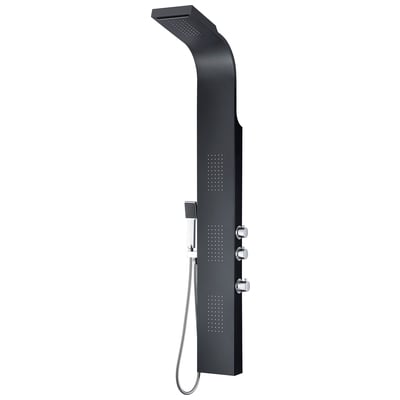
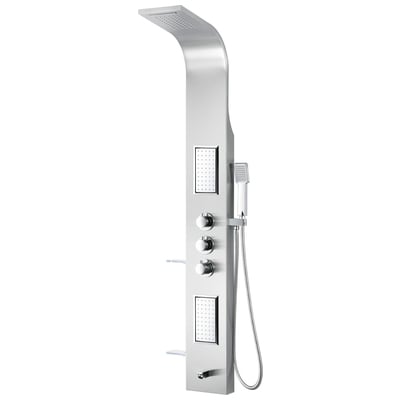
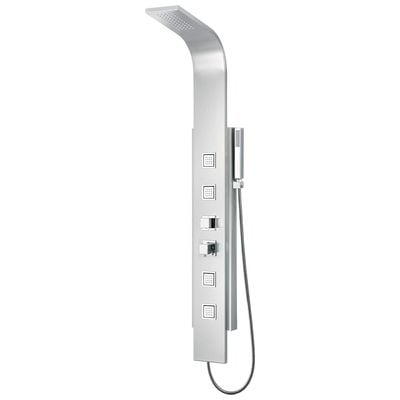
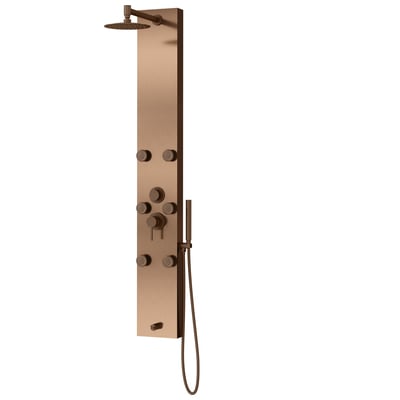
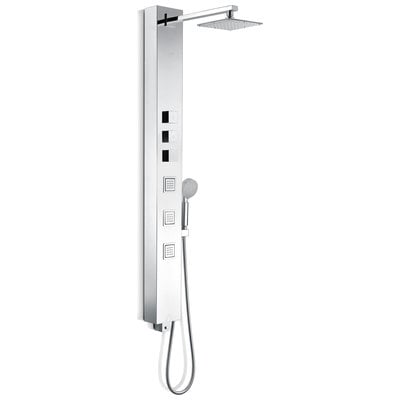
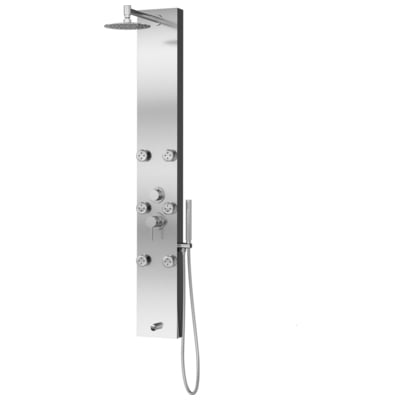
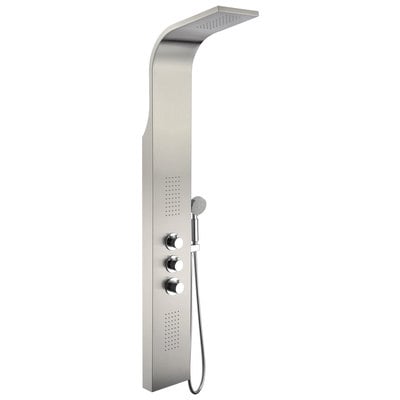
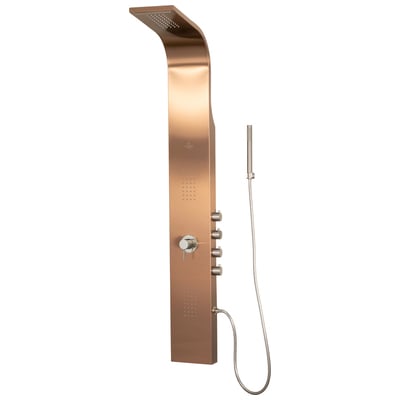
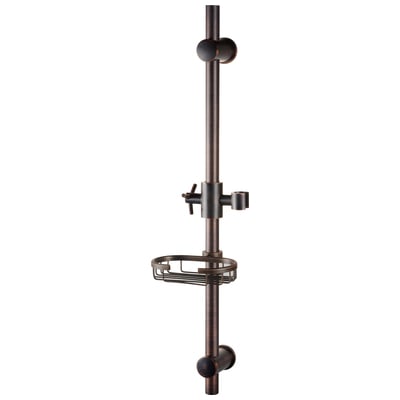
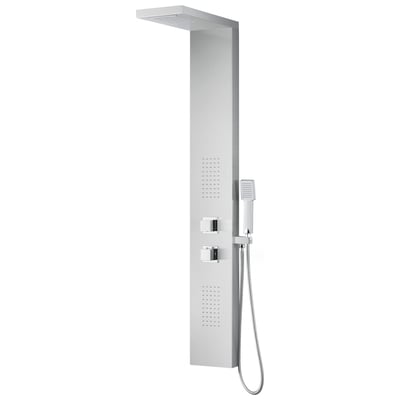
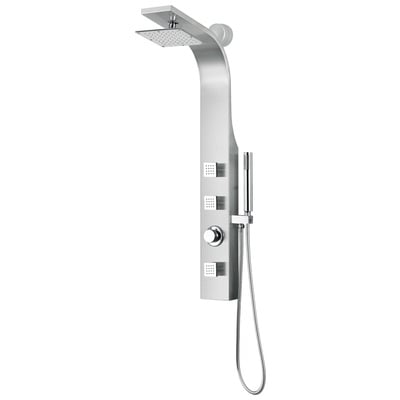
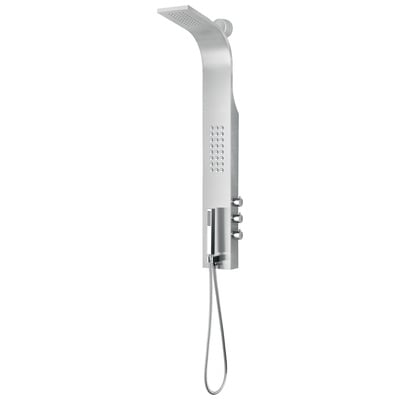
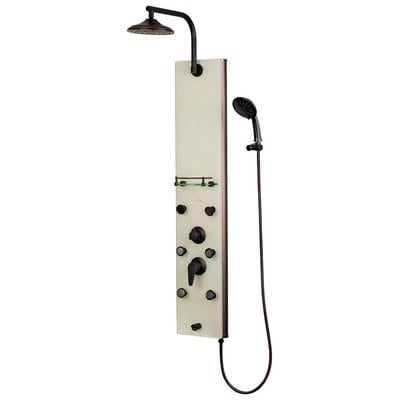
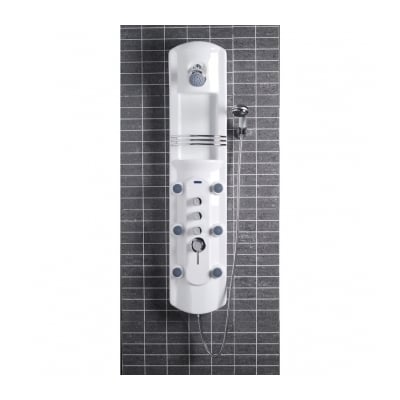
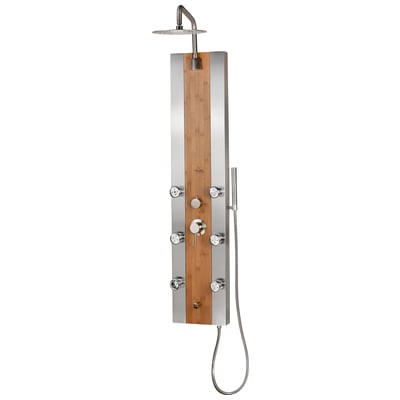
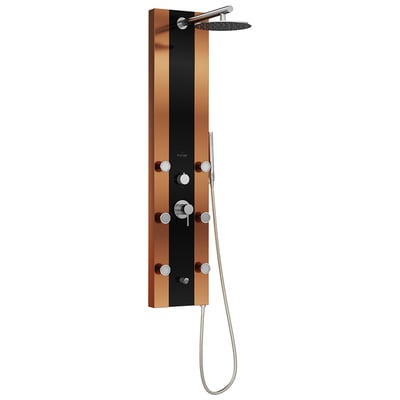
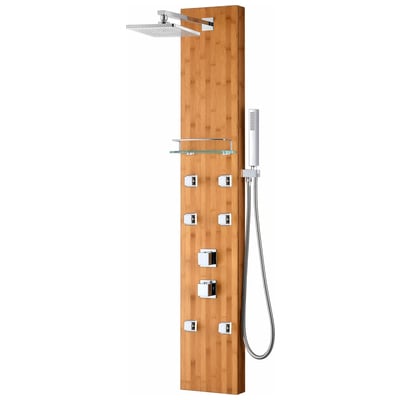
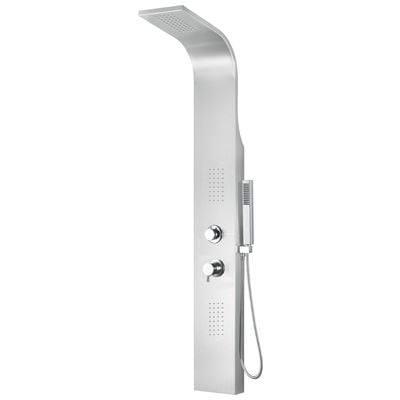
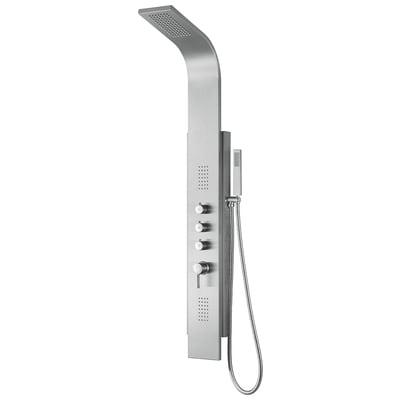
Pingback: Steam Showers: Buy Or Build (And Which Is Better For Your Bathroom)
Pingback: Top Five Home Improvement Projects For 2013
Pingback: Is It Time To Replace Your Shower Head?
Pingback: Steam Showers - Getting The Luxury Of A Custom Shower On A Budget
Pingback: Pre-Made Or Tile Shower Floors - Which Is Right For Your Dream Shower
Pingback: What You Need To Build A Shower All Your Own: The Magic Of A Custom Shower - homethangs.com